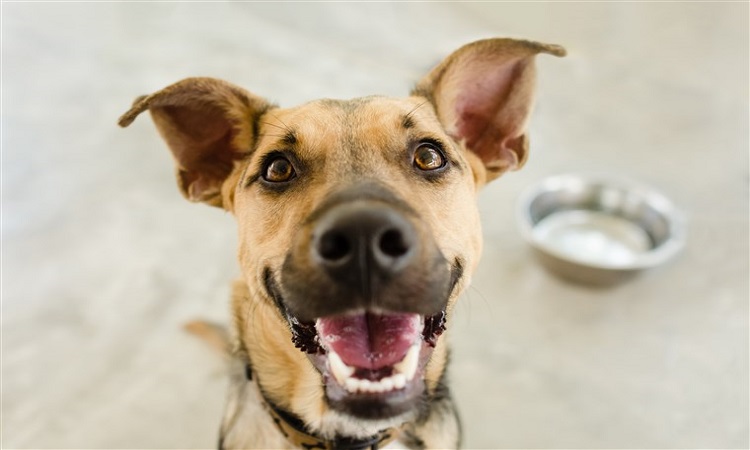We have a “long term” relationship with dogs. Since the Upper Palaeolithic. It is therefore not surprising that our species has influenced the evolution of canids. A few weeks ago, a study revealed, for example, that our mental states influenced the health of our pets. Another experience also suggested that their moans would trigger the same feeling of empathy in homeowners as the crying of a child. More recently, we have found that their facial anatomy, compared to that of wolves, has also evolved over millennia to enable them to better communicate with humans. But that’s not all.
There are different breeds in dogs. Some are known for their skills. Golden retrievers, for example, make perfect guide dogs. German Shepherds or Malinois, too, make excellent police officers. Some are made to hunt, while others drive sheep. In short, some breeds have some human-induced skills that, over time, have selected the best in their field. And according to a recent study by researchers at Harvard University, this selective pressure has not been without consequences.
A modification of the brain structure
A team of researchers explains indeed, having analyzed the effects of this selective pressure on the brain structure of 62 dogs. Thanks to MRIs. In total, 33 breeds were represented. Then there was a great variation in these structures, after obviously taking into account the size of the body or the shape of the head of each dog. And for Erin Hecht, the lead author of the study, these differences are due, at least in part, to selective breeding for particular behaviors.
“There has recently been strong selection pressure on brain organization in some breeds of dogs. This suggests that the effects of humans on the brains of dogs can occur very rapidly during evolution, she said. This research suggests that we could use neuroscience to understand dog behavior better, and to better breed and train dogs for specialized skills. “
It must nevertheless be emphasized that these tests were performed on pet dogs that did not necessarily stand out for particular skills. “This means that even though these dogs do not actively exercise these skills, we can still see specializations in their brains, which is very surprising,” says the researcher. I imagine that if we study dogs that actively engage in these behaviors, we will see more clearly the effects. “




